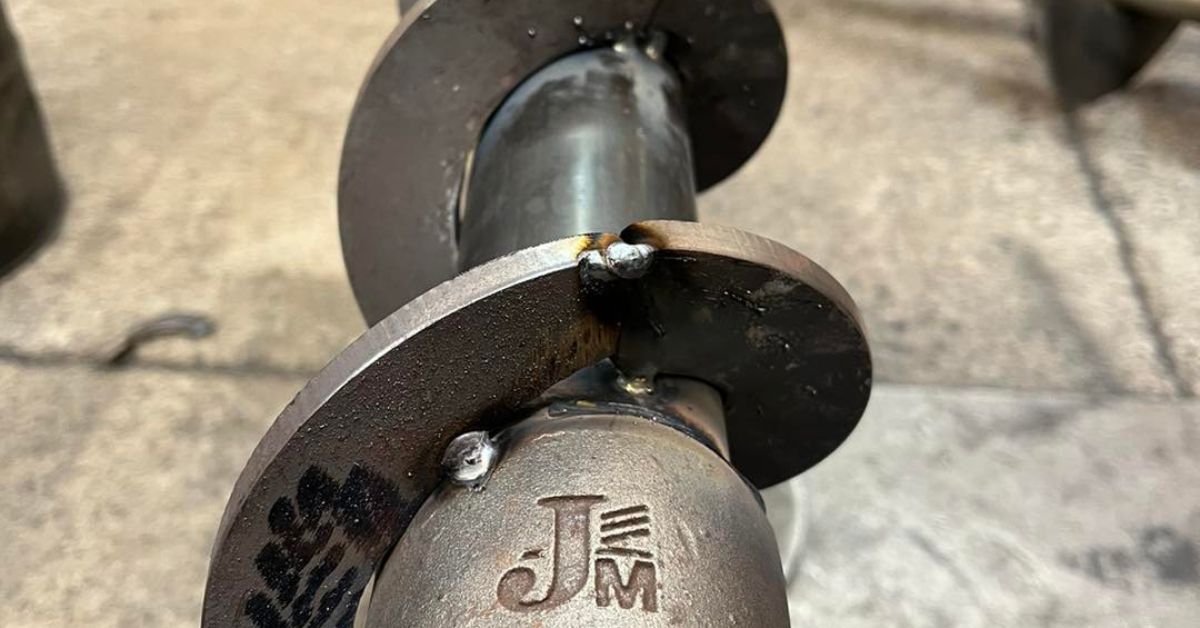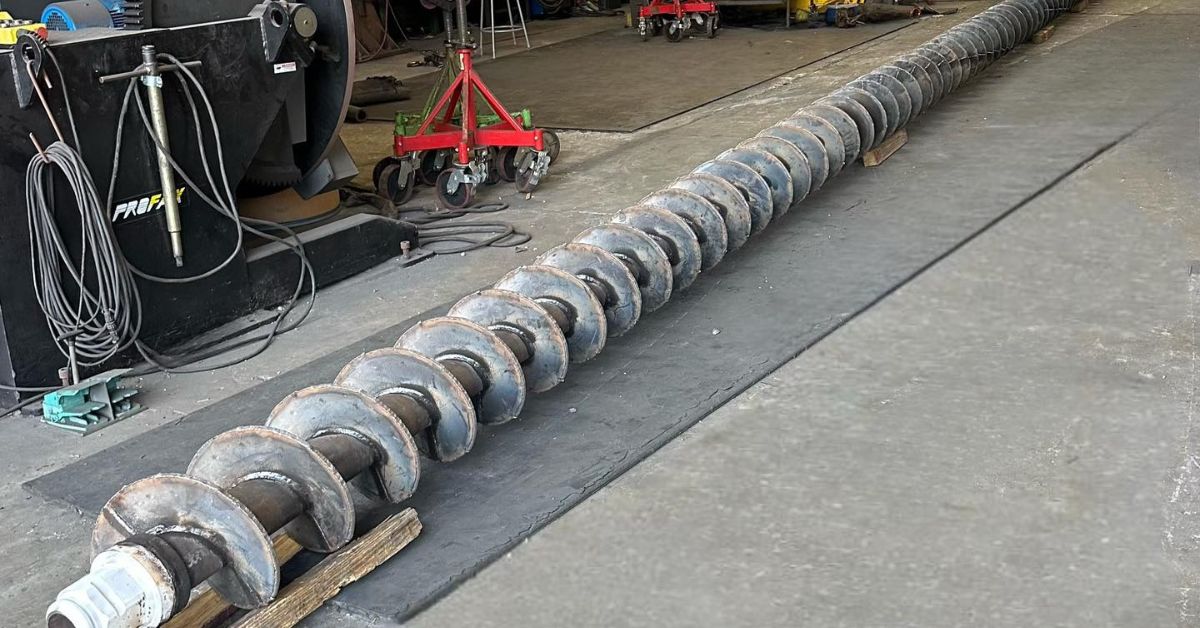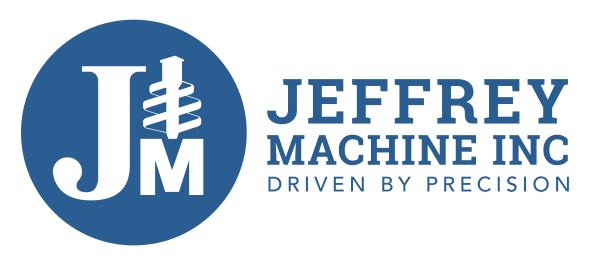An Overview of Various Mini Piling Methods

Foundation work requires precision, adaptability, and the right approach to each unique project. When traditional piling methods face limitations due to restricted access, challenging soil conditions, or environmental constraints, mini piling emerges as the optimal solution.
Mini piling’s versatility and effectiveness have made it indispensable across numerous construction applications. This overview of various mini piling methods is essential for construction professionals, engineers, and property developers who need reliable foundation support in challenging circumstances.
Understanding Mini Piling Fundamentals
Mini piling is a sophisticated foundation solution that transfers structural loads to stable soil or rock layers beneath the surface. Unlike conventional piling methods, which require extensive space and heavy equipment, mini piling systems are designed for precision work in constrained environments.
The fundamental principle behind mini piling involves creating deep, narrow foundations that can support substantial loads while minimizing ground disturbance. These piles function either as end-bearing elements, transferring loads directly to firm strata, or as friction piles that distribute loads along their length through soil-pile interaction.
Key Characteristics of Mini Piles
Mini piles distinguish themselves through several critical characteristics that make them suitable for specific applications. Their smaller diameter reduces material requirements while maintaining structural integrity. The compact equipment required for installation enables access to previously inaccessible locations, making them ideal for urban environments and residential projects.
The installation process generates minimal vibration and noise compared to traditional methods, making mini piling environmentally considerate and suitable for noise-sensitive areas.

Bottom-Driven Mini Piling Systems
Bottom-driven mini piling represents one of the most established methods in the mini piling arsenal. This technique involves driving steel-cased piles into the ground using specialized equipment such as hydraulic hammers or vibratory drivers.
Installation Process and Equipment
Installation begins with positioning the piling rig at predetermined locations based on structural requirements. Steel tubes, typically ranging from 2 to 6 meters in length, are driven into the ground using internal drop hammers or external percussion systems. The driving continues until the pile reaches the required depth or encounters sufficient resistance from load-bearing strata. Most modern machines are compact enough to operate in restricted spaces while delivering the power necessary to achieve proper pile penetration.
Advantages and Applications
Bottom-driven mini piles excel in variable soil conditions, from cohesive clays to granular materials and even soft rock formations. The driving process compacts the surrounding soil, potentially enhancing the pile's load-bearing capacity.
This technique's efficiency makes it cost effective for larger projects, while its adaptability ensures consistent performance across different ground conditions. The minimal setup time and straightforward installation process contribute to reduced project duration and labor costs.
Continuous Flight Auger Piling Methods
Continuous flight auger (CFA) piling has established itself as a sophisticated mini piling method since its introduction to the UK construction industry in 1966. This technique combines drilling and concreting in a single continuous operation that minimizes ground disturbance.
Technical Implementation
The CFA process utilizes a hollow stem auger that penetrates the ground to the required depth while removing soil through the auger flights. Once the target depth is achieved, concrete is pumped through the hollow stem under pressure as the auger is slowly withdrawn. This simultaneous concrete placement and auger removal creates a continuous concrete pile without the need for temporary casing.
The method typically accommodates pile diameters ranging from 300mm to 1.2 meters, with achievable lengths of up to 36 meters, depending on soil conditions and equipment specifications.
Performance Characteristics
CFA piling demonstrates exceptional performance in cohesive soils where borehole stability can be maintained during the drilling process. The continuous concrete placement eliminates void formation and ensures complete pile integrity. The method's speed and efficiency also make it particularly attractive for projects requiring multiple piles with consistent quality standards. Additionally, the absence of temporary casing reduces material costs and simplifies the construction sequence.
Open-Bored Auger Systems
Open-bored auger piling offers a two-stage approach that provides enhanced control over the quality of pile construction. This method separates the drilling and concreting phases, allowing for thorough inspection and quality assurance at each stage.
Construction Methodology
The process begins with drilling a borehole to the specified depth and diameter using sectional or continuous augers. The drilling systematically removes soil while maintaining borehole stability through careful soil management or temporary support systems where necessary. Once drilling is complete, steel reinforcement is installed according to structural requirements.
The final stage involves placing concrete or grout to fill the borehole. This approach allows precise control over concrete quality and placement, ensuring optimal pile performance.
Soil Suitability and Limitations
Open-bored auger methods work effectively in stable soil conditions where the borehole can maintain its shape during the construction sequence. Cohesive soils, dense granular materials, and weathered rock formations typically provide adequate stability for this technique. In unstable ground conditions or areas with high water tables, temporary casings may be required to maintain borehole integrity.

Down-the-Hole Hammer Techniques
Designed specifically for hard rock formations and extremely dense soil conditions, down-the-hole (DTH) hammer piling is one of the most aggressive mini piling methods. This technique utilizes compressed air or hydraulic power to drive a percussion hammer directly at the pile tip.
Mechanical Operation
The DTH system operates through a hammer mechanism positioned at the bottom of the drilling assembly. Compressed air or hydraulic pressure activates the hammer, which delivers rapid percussion blows to a drill bit positioned at the pile tip. This direct-impact approach proves highly effective in penetrating hard materials that would resist other drilling methods.
As drilling progresses, concrete is simultaneously pumped through the hollow drill stem, filling the void created by the advancing bit.
Specialized Applications
DTH hammer methods excel in rock formations, heavily consolidated soils, and sites where other drilling techniques prove inadequate. The high-energy impact can fracture rock and penetrate materials with exceptional bearing capacity, making DTH methods ideal for projects requiring deep foundations in geological challenging conditions. However, the aggressive nature of the technique may generate more noise and vibration than other mini piling methods.
Maximizing Mini Piling Success
The construction industry continues to evolve, demanding foundation solutions that combine efficiency, reliability, and adaptability. An overview of various mini piling methods reveals a sophisticated array of techniques capable of addressing virtually any foundation challenge, from restricted urban sites to challenging geological conditions.
Each mini piling method offers distinct advantages that make it suitable for specific applications and site conditions. As construction challenges become increasingly complex, mini piling methods continue to evolve, offering innovative solutions for tomorrow's foundation requirements.
In search of reliable, robust auger flighting manufacturers? Look no further than Jeffrey Machine. We specialize in providing customized tools that will fit, no matter how complex your project needs are. Contact us today for a consultation and let our experts craft the perfect solution for your foundation and drilling challenges.
